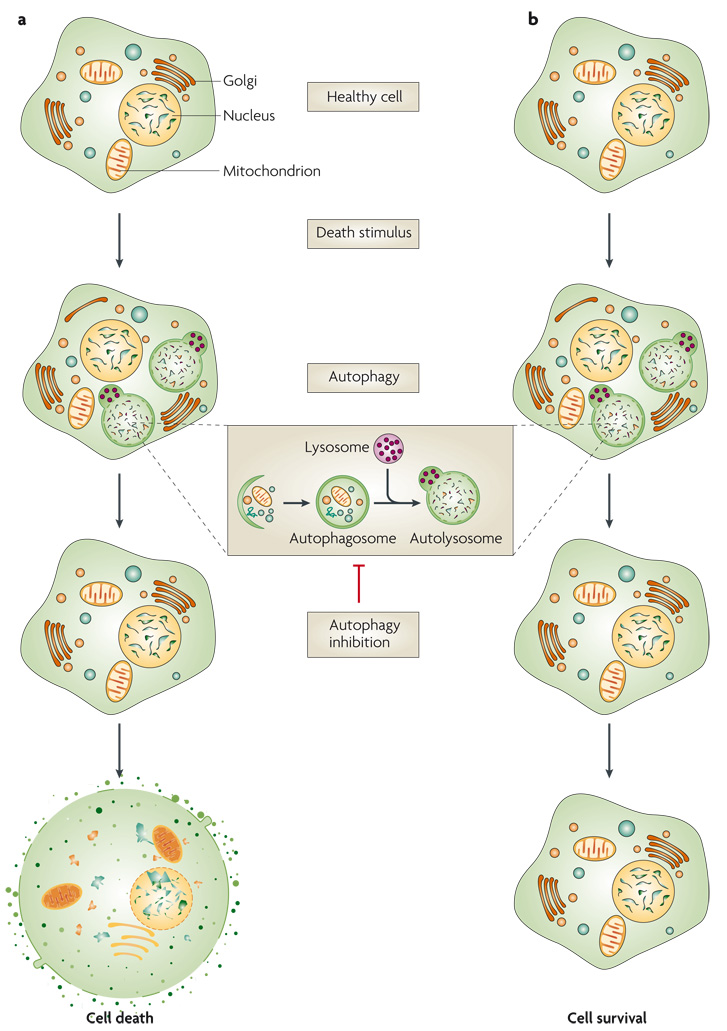Figure 1. ‘cell death with autophagy’ versus ‘cell death by autophagy’.
In both scenarios, a death stimulus results in morphological features of autophagy, and in both cases, pharmacological or genetic inhibitors of autophagy block these morphological features. a | In cell death with autophagy, the inhibition of autophagy does not alter the fate of the cell (that is, cell death), although it might change the kinetics of this fate and the morphological appearance of the dying cell, as well as the read-outs of some assays used to measure cell death, the type of cell death pathway used by the cell and/or the rate of degradation of the cell. If inhibition of autophagy accelerates cell death, autophagy is considered to be a pro-survival pathway in the dying cell. b | If cell death were to occur by autophagy, the inhibition of autophagy would alter the fate of the cell and result in long-term cellular survival. Note that the blockade of autophagy only leads to the disappearance of autophagosomes if it intervenes at the level of autophagosome formation.

